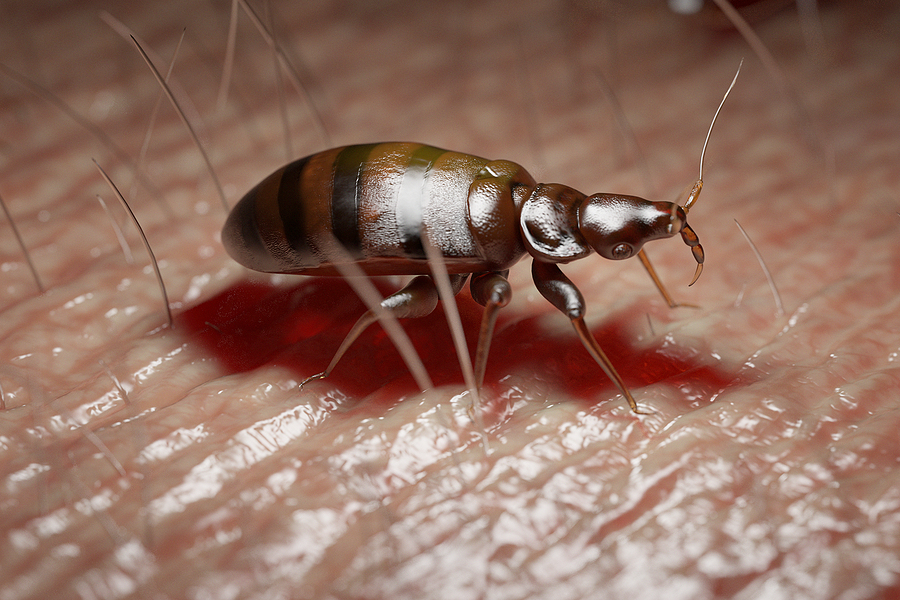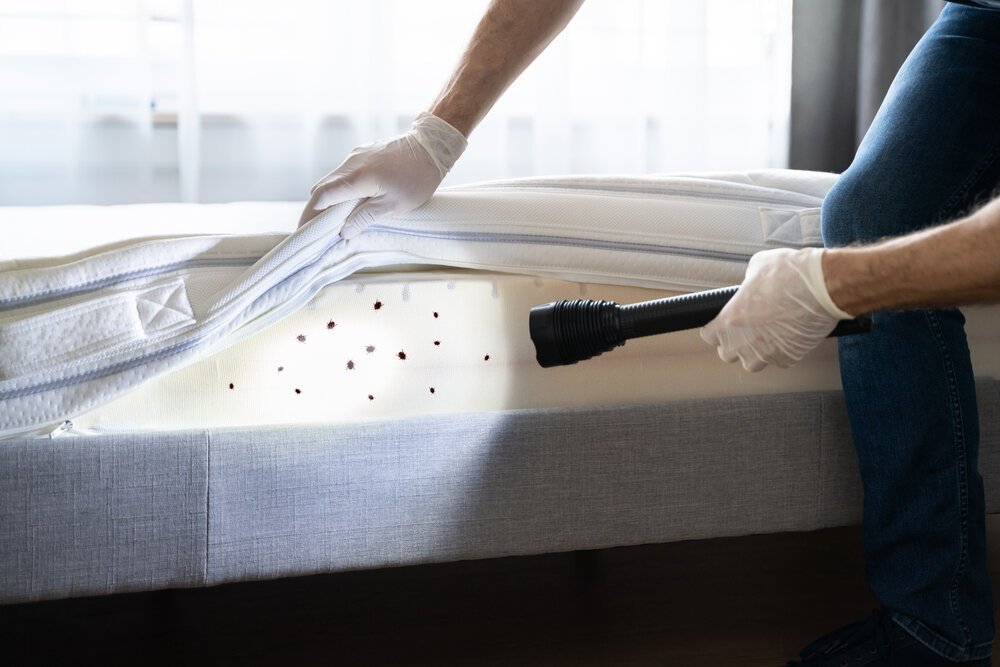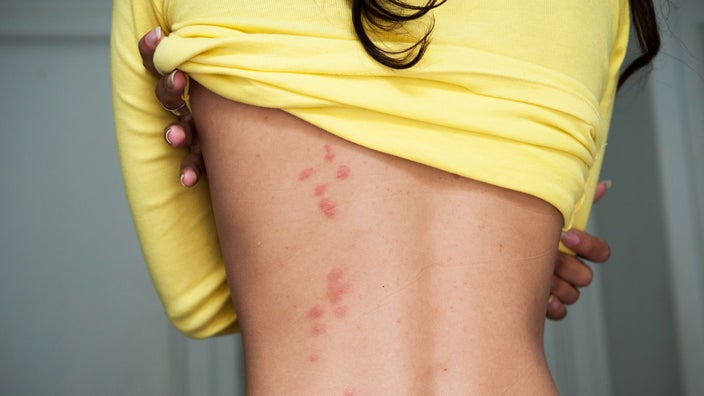The Ultimate Bed Pest Therapy Handbook: Expert Insights and Recommendations
The mission for effective bed pest treatment techniques has actually led to a variety of guidance and options, some even more reputable than others. From comprehending bed insect actions to implementing prevention techniques and recognizing infestations, this extensive guide aims to equip readers with the understanding needed to tackle bed bug problems efficiently.

Understanding Bed Bug Behavior
Recognizing the complex behavior patterns of bed insects is necessary for effective parasite control techniques. Bed insects, clinically called Cimex lectularius, are little, reddish-brown parasitical bugs that prey on the blood of people and pets. These nocturnal parasites are adept at concealing in cracks and crevices near their hosts' resting areas, making them testing to detect and remove.

Efficient Prevention Approaches
To successfully deal with the spread of bed pests, carrying out aggressive prevention approaches is vital in maintaining a pest-free setting. One of the essential prevention tactics is to consistently check and tidy locations where bed pests can hide, such as bedding, furniture, and fractures in wall surfaces. In addition, reducing mess in living areas can lessen possible hiding spots for these pests. Securing cracks and gaps in walls, floorings, and furnishings can likewise help prevent bed bugs from going into the properties. Making use of protective covers on cushions and box springtimes can serve as an obstacle against bed insects. When purchasing second-hand furnishings or garments, checking items completely prior to bringing them into the home is vital in avoiding bed bug problems. Furthermore, exercising good hygiene and lessening the threat of direct exposure to bed bugs in public spaces can assist in prevention efforts. By incorporating these preventative actions into regular household regimens, individuals can considerably minimize the probability of bed bug infestations.
Identifying Bed Bug Problems
Upon entering a room presumed of a bed pest invasion, one may observe small red or brown areas on bedding or furnishings, indicating the existence of these parasites. Bed insects generally leave behind these obvious fecal discolorations as they prey on human blood during the evening. Another typical indication of a bed insect problem is the presence of molted exoskeletons lost by growing bed insects. These exoskeletons are translucent and can be located near why not find out more their concealing areas. Furthermore, bed insect bites on the skin, which look like red and scratchy welts usually arranged straight or collection, may recommend an invasion.
A stuffy smell in the room can additionally suggest the existence of bed pests, as these insects launch pheromones that result in a distinctive scent. Examining cracks and gaps in furniture, walls, and cushion seams might reveal actual bed pests, which are reddish-brown, oval-shaped pests about the dimension of an apple seed. Comprehending these indications is vital for early detection and reliable treatment of bed insect infestations.
Recommended Treatment Techniques
Effective bed bug therapy approaches rely upon a mix of extensive evaluation, targeted elimination, and precautionary steps to remove problems properly. The primary step in treating bed insects is a thorough inspection to identify the level of the invasion. This usually entails analyzing locations where bed insects are most likely to hide, such as cushion seams, furniture joints, and electrical outlets. Once the invasion is validated, targeted elimination methods can be used. Common techniques consist of making use of pesticides, warm therapies, or cold strategies to eliminate bed bugs whatsoever life stages. It is necessary to follow the instructions supplied by bug control professionals when utilizing these approaches to make certain security and efficiency.
Along with extermination, safety nets play a critical duty in preventing future problems. This includes regularly cleaning up and decluttering living spaces, sealing cracks and crevices where bed insects can hide, and making use of bed mattress encasements to shield against infestations. By integrating detailed assessment, targeted extermination, and safety nets, individuals can properly deal with bed bug problems and preserve a bed bug-free environment.
Maintaining a Bed Bug-Free Environment
After implementing reliable bed bug treatment approaches, keeping a bed bug-free environment calls for consistent watchfulness and aggressive steps to prevent future invasions. Enclosing cushions and box springtimes go with bed bug-proof covers can prevent any continuing to be bed check here insects from getting away or brand-new ones from infesting. Sealing splits and holes in wall surfaces, furniture, and various other potential hiding spots can limit bed pest movement and prevent invasions.
Conclusion
